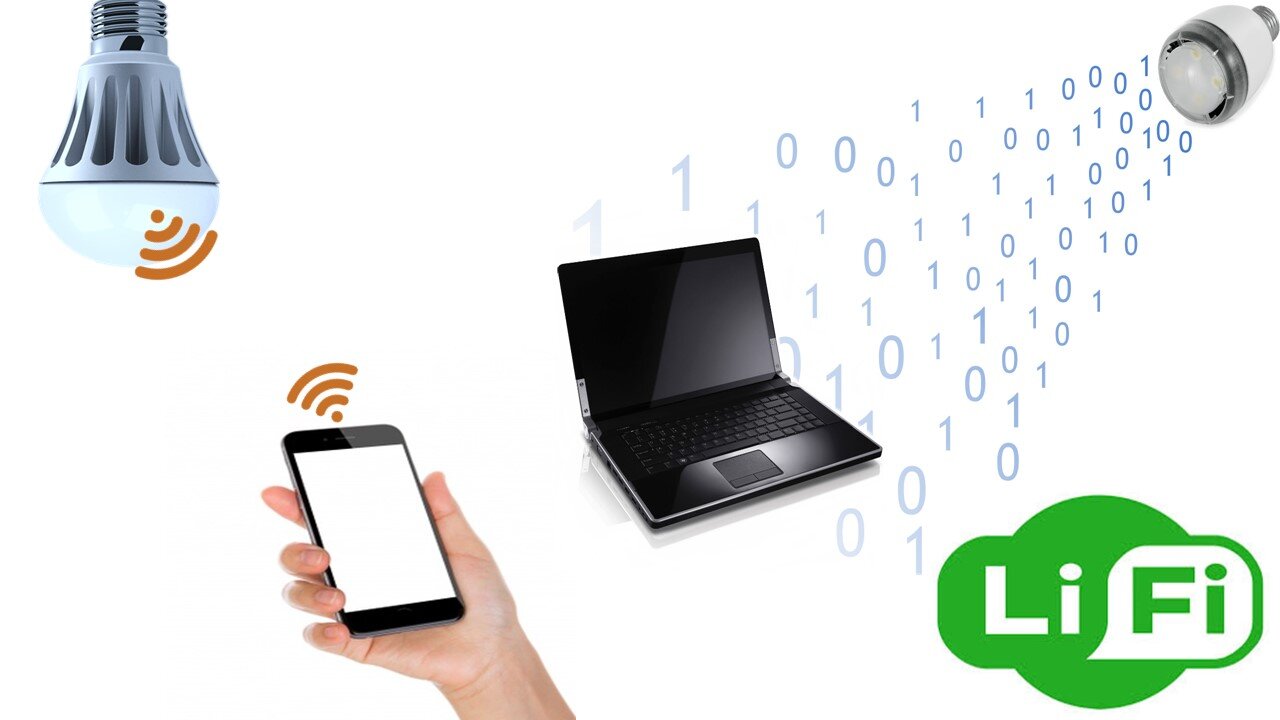Premium Only Content

What is Li-Fi Technology that Offers Light Speed Internet? (Li-Fi Explained)
A new wireless connection technology called Li-Fi is being developed today, where internet speeds are increasing day by day. So how does this technology work, what advantages does it have and how does it differ from our current facilities? What is Li-Fi that is said to replace Wi-Fi technology in the future? Will Li-Fi technology replace Wi-Fi? In this video, I will explain to answer these questions.
Li-Fi is used as an abbreviation of the English words Light Fidelity. The first idea of data transfer with light was Prof. Harald Haas put it forward. If Harald Haas is right, we'll be able to get our internet through light bulbs for years to come. Haas is professor of mobile communications at Edinburgh University. He has had the idea for years that data can be transmitted via LED bulbs and has now created a working model of the Li-Fi system. In his most recent TED talk, he demonstrated one of the Li-Fi prototypes that can transfer video from a solar cell to a laptop via a store-bought LED bulb.
Li-Fi technology is the same as Wi-Fi in terms of operation, only a small difference. In order to transmit data wirelessly, Wi-Fi communication is with radio waves, while Li-Fi uses infrared lights emitted by LEDs to transmit data wirelessly instead of using radio waves. Wi-Fi technology is fully networked two-way wireless communication technology.
In Li-Fi technology, data transmission happens with light thanks to LED. We can use LED lamps, which we use for lighting purposes in homes, for data transmission for this purpose. So how does this Li-Fi technology work, let's look at it now.
In the future, it may lead to the realization of the Internet of Things (IOT) by enabling more than 100 devices to connect to the Internet with a single distributor device with Li-Fi technology.
00:00 What is Li-Fi?
01:41 How is Li-Fi technology work?
04:05 Advantages and disadvantages of Li-Fi
-
 6:26
6:26
Electrical Electronics Applications
2 years ago $0.04 earnedKirchhoff's Voltage Law (KVL) Explained
297 -
 LIVE
LIVE
Dr Disrespect
7 hours ago🔴LIVE - DR DISRESPECT - ARC RAIDERS - RANDOM SQUADS
1,421 watching -
 1:54:06
1:54:06
Russell Brand
4 hours agoHas he done it? Ukraine Accepts Core Peace Terms — Nobel Prize incoming? - SF655
113K15 -
 24:37
24:37
Stephen Gardner
3 hours agoTrump JUST Exposed 2 HUGE LIES meant to TAKE HIM DOWN!!
23.2K21 -
 1:09:52
1:09:52
vivafrei
4 hours agoCBS News "Debunks" The Blaze Pipe Bomber Story? Thomas Massie Threatened by Kash Patel? AND MORE!
38.3K19 -
 1:21:16
1:21:16
The White House
7 hours agoVice President JD Vance Celebrates Thanksgiving with Servicemembers and Delivers Remarks
33.7K16 -
 59:49
59:49
The Quartering
4 hours agoMTG MELTDOWN On X, Hasan Piker Runs From Ben Shapiro & AI Nightmare!
112K44 -
 1:16:24
1:16:24
DeVory Darkins
5 hours agoDISTURBING: Eric Swalwell left DUMBFOUNDED after he gets confronted about trans athletes
95.6K53 -
 2:06:36
2:06:36
Side Scrollers Podcast
7 hours agoThis is the Dumbest Story We’ve Ever Covered… | Side Scrollers
51.2K10 -
 1:13:26
1:13:26
Steven Crowder
9 hours ago🔴 Jay Dyer on Hollywood, The Occult, and the Attack on the American Soul
276K207